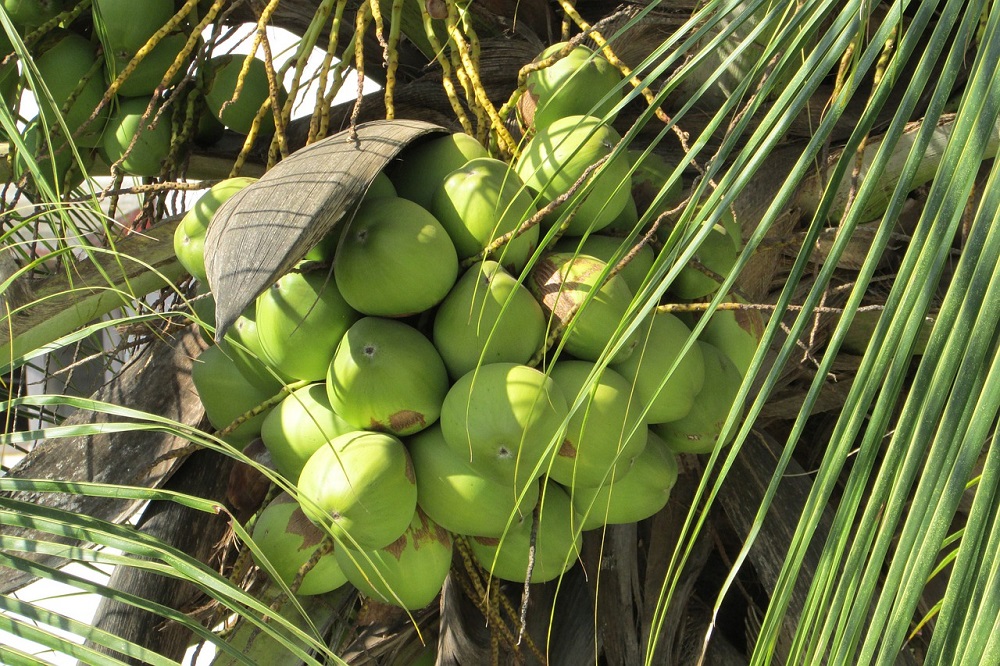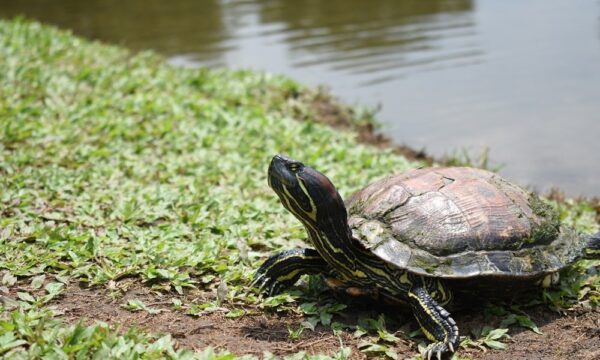
The CPHD is a network of Caribbean Plant Health Directors. A major objective of the CPHD is the safeguarding of the plant resources of the Caribbean with a focus on crop plants.
Naitram Ramnanan, CABI’s Regional Representative, Caribbean, reports from the 15th Meeting of the Caribbean Plant Health Directors (CPHD) Forum.
This objective is achieved through the actions of several technical working groups. The Regional Pest Prioritization (RPPL) Technical Working Group is a sub working groups of the Safeguarding Technical Working Group.
This is a group of experts comprising of prominent scientists attached to various Ministries of Agriculture form several member states of CARICOM. The scientific disciplines represented include: entomology, crop pathology (bacteriology, mycology, virology) nematology, malacology, acarology and weed sciences.
This Technical Working Group conducted the Fourth Pest Prioritization exercise from the 31August to 2September 2022 at the Pegasus Hotel in Jamaica.
Prioritized pests
Prior to the meeting the above mention experts examined the prioritized list of quarantine pests from nine CARICOM Member States that completed the compilation of their respective national pest lists of quarantine importance.
This is a list of pest and diseases that are not yet present in the country but if they enter they will cause significant damage to the major crop plants produced as well as in some instance native plants.
These are also referred to as Invasive Species. The experts then looked at various species within their respective disciplines that are present in the region’s major trading partners mainly in North, South and Central America in addition to Asia, Africa and the Pacific region.
This compilation was over 100 crop pest and diseases that are either not present in the region or present in limited distribution. This compiled list was then analyzed using the Objective Prioritization of Exotic Pest (OPEP) model.
This model reliably predicts the probability that a pest based on its behavior in other areas with similar climates will have a high negative impact on crop production as well as local plants. This analysis resulted in the short listing of 30 high impact regional quarantine pests.
Mitigation measures
The most cost-effective strategy to managing pest and diseases is preventing their entry into the region in the first place. Once they enter the region excluding them from our respective countries is then of paramount importance.
The resources need to conduct this surveillance for a wider range of pest and diseases can run into the millions for each country, hence focusing the limited resources on the pests and diseases that can cause the most damage to the wider region is the smart choice.
The work of the Regional Pest Prioritization List (RPPL) working group helps both the regional agencies – such as the CABI, the Caribbean Agricultural Research and Development Institute (CARDI), CARICOM, the Caribbean Agricultural Health & Food Safety Agency (CAHFSA), CPHD, the Food and Agriculture Organization of the United Nations (FAO), the Inter-American Institute for Cooperation on Agriculture (IICA) and the United States Department of Agriculture (USDA) – to target their resources in their common goal of safeguarding the regions plant resources.
From the list of 30 – the experts selected by consensus – the top 10 pest that are either not present or if present in limited distribution and being officially controlled that would have highest probability of impact.
The Analytical Hierarchical Model was employed to examine parameters – such as invasiveness; economic, social and environmental impact – for the 10 pests identified.
This intensive and rigorous process resulted in the Rhadinaphelenchus cocophilus (red ring nematode), that affect mainly coconut palms and present in a few countries, as the number one priority crop pest for the region.
This was followed by Fusarium oxysporum fsp cubens TR4, Ceratitis capitate (Mediterranean fruit fly) and Ceratis rosa (Natal fruit fly), Rice panicle mite, Helicoverpa armigera (Old World Bollworm), Ralstonia solanacearum Race 3 Biovar 2 (Brown rot of potato), Banana bunchy top virus, Maize lethal necrosis disease, Rhynchophorus ferrugineus (Red Palm Weevil) and Peronosclerospora philippinensis (Downy Mildew).
Early warning system
The list serves as an early warning system for the countries that don’t have these pests. It also informs the work of the CPHD and its regional partners with respect to the design and implementation of regional pest exclusion and monitoring activities such as surveillance programs, capacity building, Regional Emergency Action Plans, Simulation Exercises, among others.
Should pests, like the bollworm or the tomato leaf miner enter the region, the impact can be similar to that of a natural disaster – affecting food security, trade, and incurring signification recovery costs
The meeting was funded by USDA with logistical support from the CPHD secretariat; with participation from scientists from CABI, CAHFSA, the University of the West Indies (UWI), the University of Trinidad and Tobago (UTT), USDA’s Animal and Plant Health Inspection Service (APHIS-IS) and from The Ministries of Agriculture of Antigua and Barbuda, Bahamas, Dominican Republic, and Jamaica.
Additional information
Main image: Rhadinaphelenchus cocophilus (red ring nematode), which mainly affects coconut palms and is present in a few countries, has been identified as the number one priority pest for the region (Credit: Pixabay).
Related News & Blogs
Biological control in action: Zambia’s field days on fighting fall armyworm
Experts from CABI recently held two field days and an expo in Zambia, showcasing innovative approaches to pest management to 584 farmers, agro-dealers and other stakeholders to help raise awareness of approaches to tackle the invasive fall armyworm (Sp…
11 June 2025




